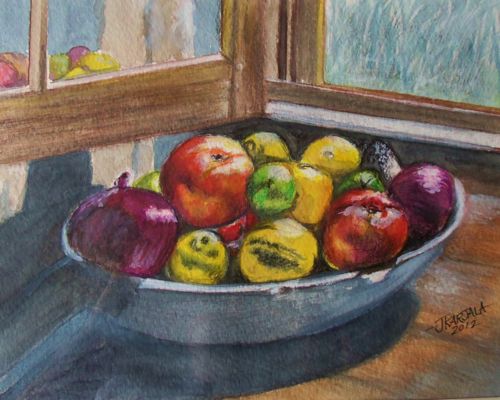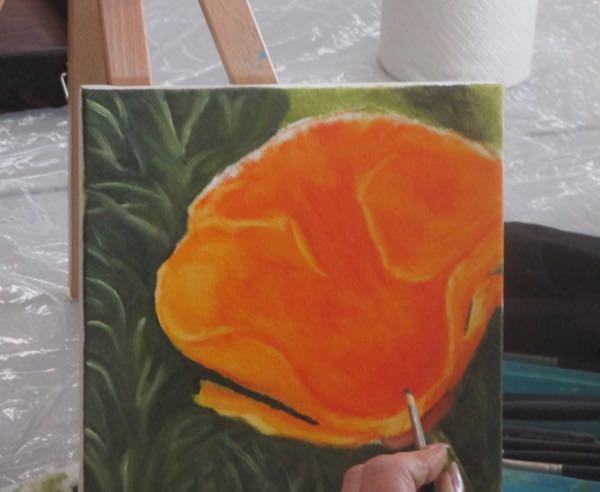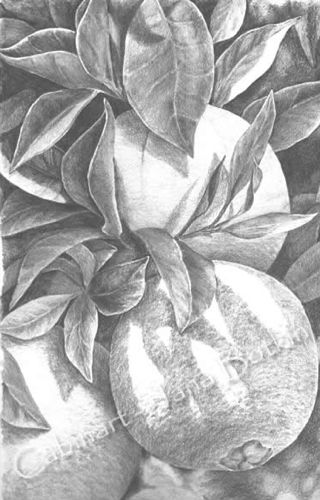One of my drawing students is so good that I asked The Courthouse Gallery in Exeter ( where I teach drawing lessons) to feature her in an upcoming show.
I’m defining “so good” based on several things:
- Her work is technically excellent.
- She composes her drawings from her own photos (and occasionally from mine), carefully choosing, scooting, cropping, editing, giving great thought to composition (which is the arrangement of the elements in the drawing) as opposed to automatically copying what is in the photo.
- She does the work – studies drawing on her own outside of class, draws on her own outside of class, sketches regularly and takes practice very seriously.
- She produces one good drawing after another after another – the big word for this is “prolific”.
The Courthouse Gallery selection committee asked her to show there in July through September!
We thought they were booked further ahead, but suddenly, we both felt some time pressure. We realized we would have to work together to get her work titled, framed and priced. We decided a postcard would be a good thing. We decided that scanning her work would be prudent. We realized that this could get expensive. We remembered that I have lots of mats and frames.
We had a lovely 1/2 day together, along with her daughter Jenna, digging through my mats and frames, deciding if any of them complement her drawings. We found several that worked. We scanned, we scrutinized, we did the work.
You will be seeing more about Wendy Miller and her work in this blog as her show approaches. Without giving away too much of her work, here is a teaser. (I want you to come to her show!)
“Hey Mom”
11×14, pencil on paper, by Wendy Miller, private collection












